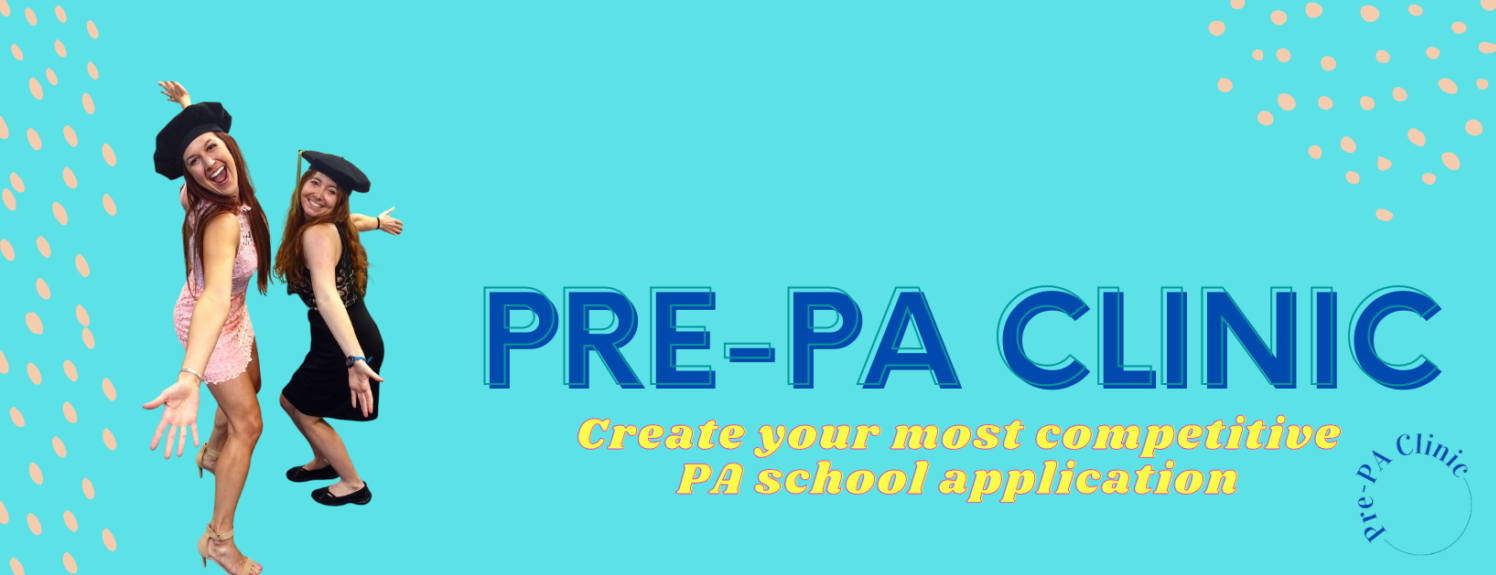
Are you a pre-Physician Assistant (PA) student eager to dive into your studies and excel in your academic pursuits? Understanding your unique learning style can be the key to unlocking your full potential as a student. In this blog post, we’ll explore the different types of learners and help you discover which type you are!
The Visual Learner: Seeing is Believing
If you’re a visual learner, you thrive on visual cues and prefer to see information in front of you. You may benefit from techniques such as:
- Colorful Mind Maps: Create visually appealing mind maps or diagrams to organize and connect information.
- Infographics: Utilize infographics or flowcharts to visually represent complex concepts and relationships.
- Highlighting and Underlining: Use different colors of highlighters or pens to mark important information in your textbooks or notes.
- Flashcards: Create flashcards with visual images or diagrams to help you remember information.
- Videos and Diagrams: Utilize educational videos or diagrams to reinforce your understanding of concepts.
The Auditory Learner: Hear it, Grasp it
If you’re an auditory learner, you learn best by listening and hearing information. Try incorporating these strategies into your study routine:
- Recorded Lectures: Record lectures or discussions and listen to them multiple times to reinforce your understanding.
- Group Discussions: Engage in group discussions or study groups where you can discuss and explain concepts out loud.
- Verbal Repetition: Repeat important information out loud to reinforce your memory.
- Podcasts or Audiobooks: Utilize educational podcasts or audiobooks to reinforce your learning.
- Teaching Others: Teach concepts to a friend or classmate to reinforce your understanding through verbal explanation.
The Kinesthetic Learner: Hands-On and Active
If you’re a kinesthetic learner, you learn best through hands-on and active experiences. Incorporate these strategies into your study routine:
- Hands-On Activities: Engage in practical activities such as simulations, role-playing, or experiments to reinforce your understanding.
- Physical Movement: Take study breaks to engage in physical activity or movement, such as walking, stretching, or pacing.
- Note-Taking: Take notes during lectures or while studying to engage your hands and reinforce your understanding.
- Study Aids: Utilize tools such as models, props, or manipulatives to physically interact with concepts.
- Real-World Applications: Relate concepts to real-world scenarios or experiences to make them more tangible and memorable.
The Read/Write Learner: Words are Your Allies
If you’re a read/write learner, you prefer to learn through reading and writing. Try incorporating these strategies into your study routine:
- Detailed Notes: Take detailed and organized notes during lectures or while studying to reinforce your understanding.
- Rewriting: Rewrite your notes or important information in your own words to reinforce your memory.
- Summarizing: Create summaries or outlines of important concepts to reinforce your understanding.
- Practice Questions: Engage in practice quizzes, exams, or written assignments to reinforce your learning.
- Writing Exercises: Engage in writing exercises, such as essays or reflections, to
Discover Your Learning Style
Now that you’re familiar with the different types of learners, it’s time to reflect on your past experiences to see what you’ve done to succeed in the past. Did you prefer visual aids, listening to lectures, hands-on activities, or reading and writing? Experiment with different methods to find which one is right for you.

